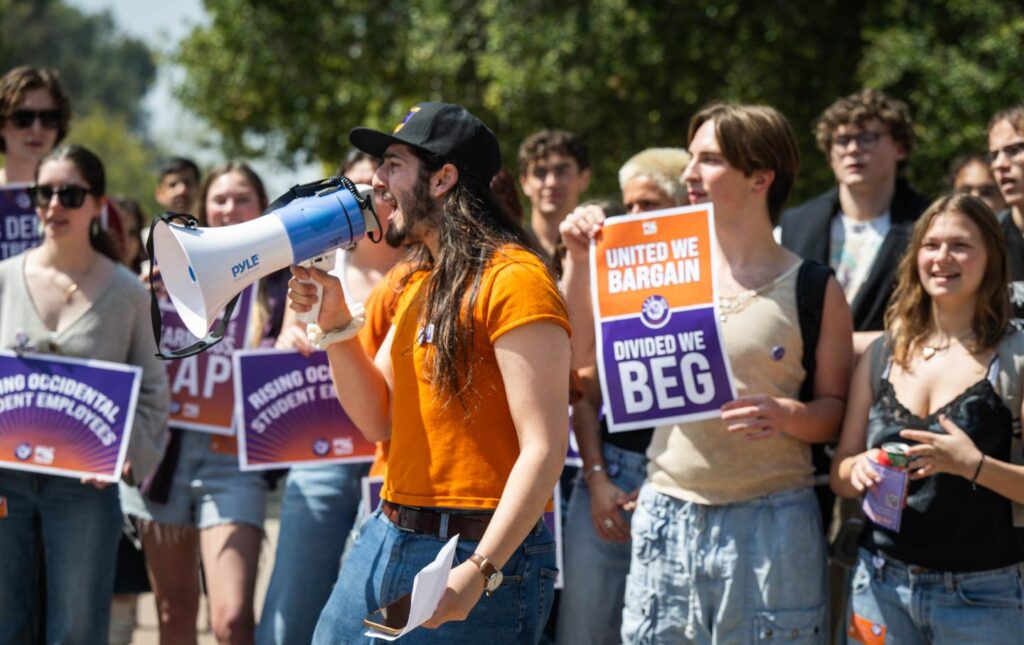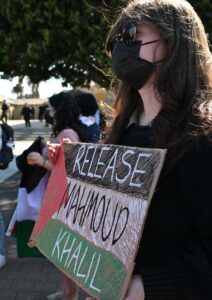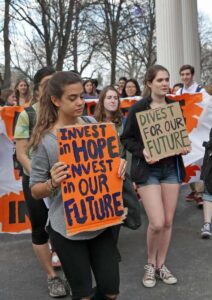August 6, 2025
Under Trump, Student Labor Organizers Face New Challenges
By Nic Wong
Anticipating a rollback of recent NLRB precedent, some unions have withdrawn petitions for recognition, looking for other paths to continue their work.

When Michael Ziegler started his PhD at Brown University in 2019, his union shop consisted entirely of graduate students. But in the past few years, three undergraduate bargaining units totalling about 500 students were formed at Brown, drastically expanding the size and reach of the union. Nationally, from 2020 to 2025, undergraduate unions went from two to more than two dozen, with many more in the works.
But whether this momentum can continue under Donald Trump’s National Labor Relations Board is unclear, as student organizers anticipate changes in their bargaining rights and a landscape far less friendly to collective bargaining. Some unions anticipate a rollback of recent NLRB precedent—recognizing undergraduate workers as primarily students rather than employees. These unions have withdrawn petitions for recognition and are looking to other paths to continue their work, including statewide labor law changes and other forms of collective power.
The employee status of student workers—such as graduate teaching assistants, undergraduate resident assistants, and other campus workers—will be determined by the NLRB, the agency that decides how the National Labor Relations Act is applied to protect employees and oversees petitions for union recognition. The NLRB’s position has fluctuated under different administrations. Those arguing against recognition say that student workers are primarily students, not workers, while organizers argue that their work is crucial for the functioning of their institution’s facilities, residence halls, and classrooms.


